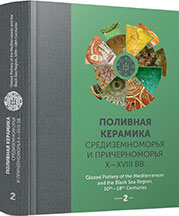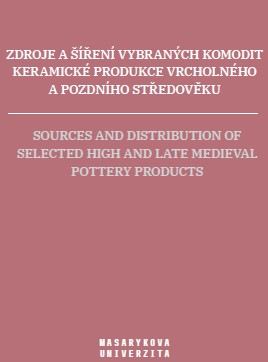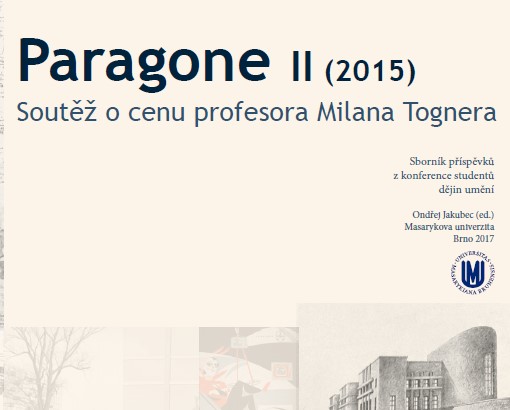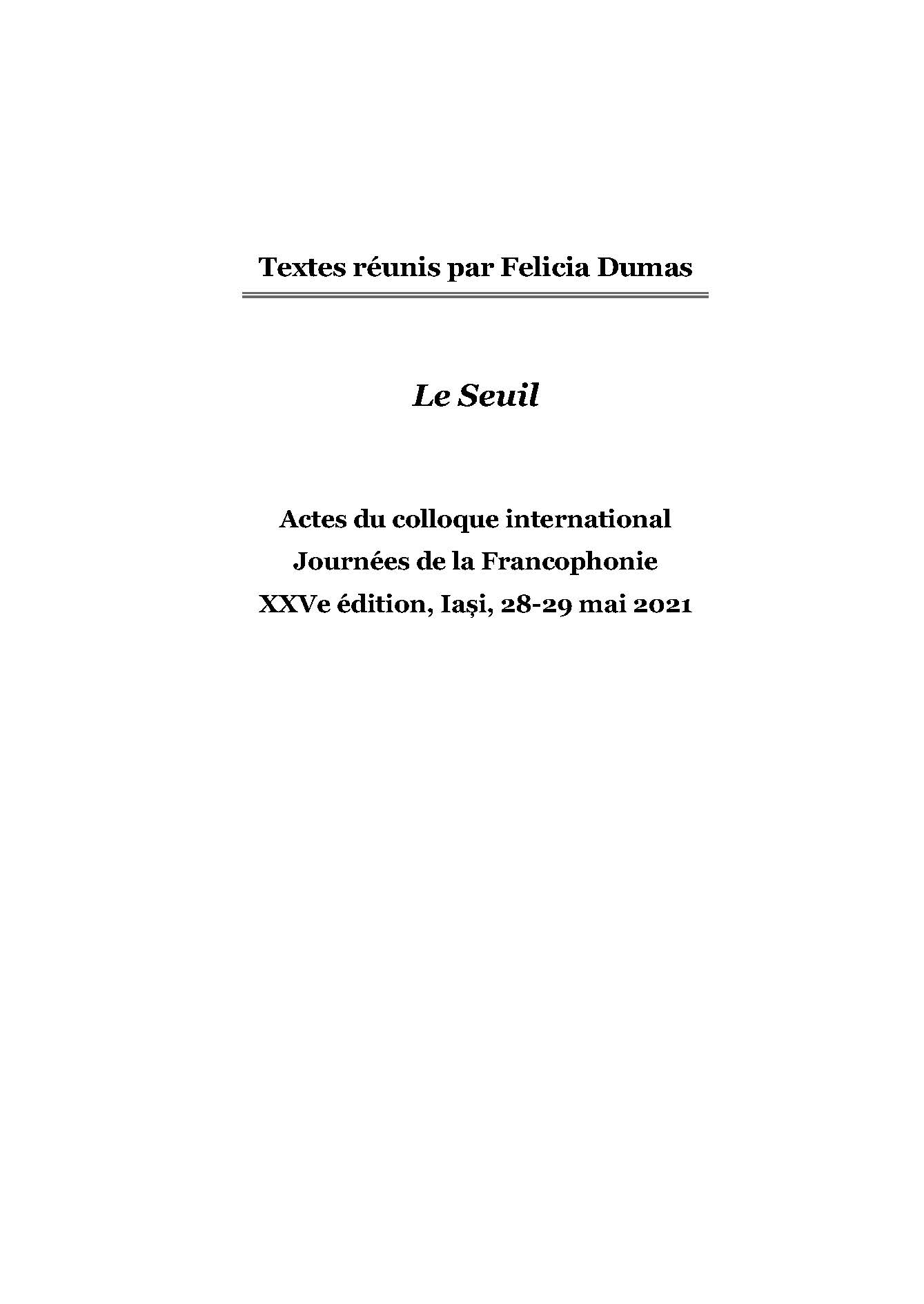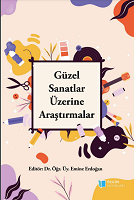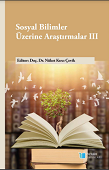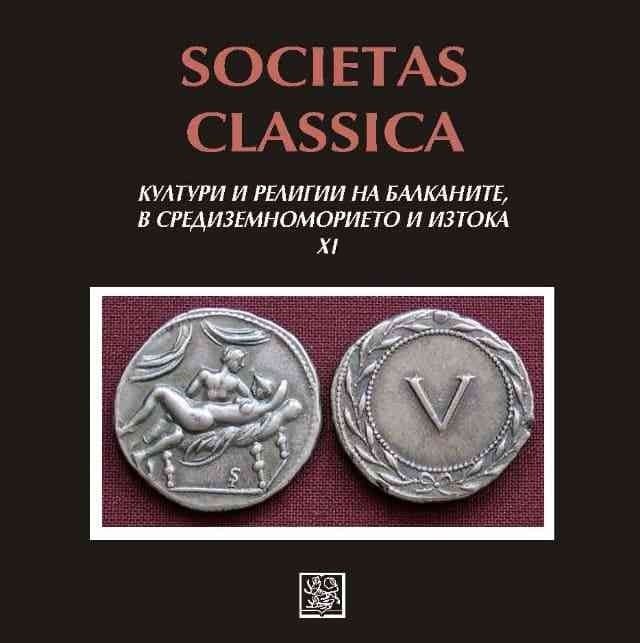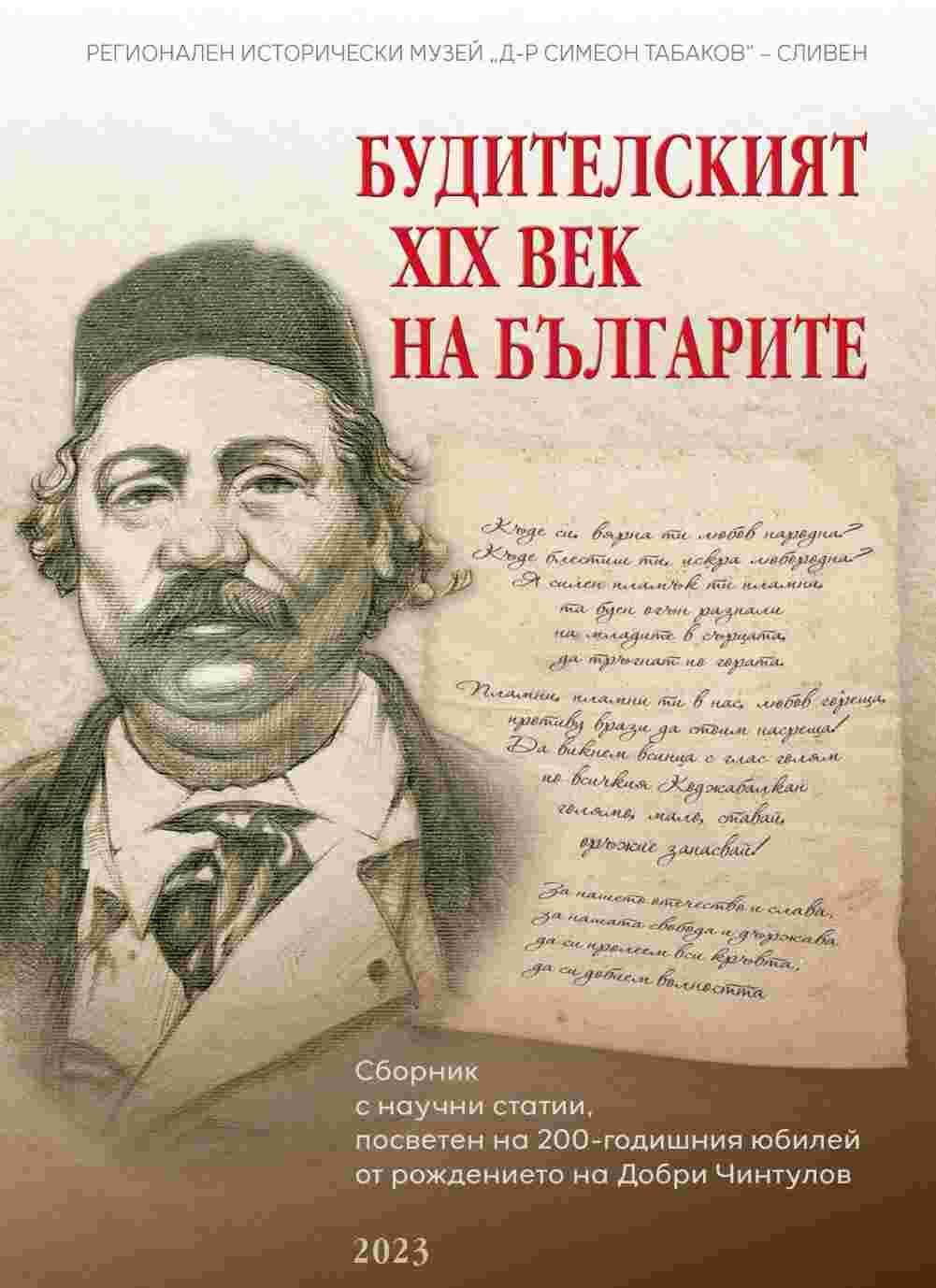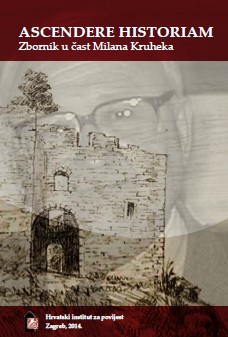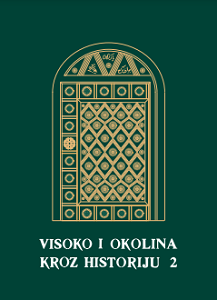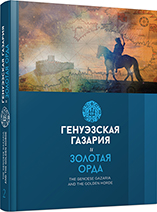
Архитектура жилых дворцовых сооружений Верхней столицы чжурчжэньского государства Восточное Ся
The archeological excavations of the walled towns dated back to the period of the Jurchens’ State — the Eastern Xia (1215—1233) — have been conducted on the territory of Primorye for about fifty years. Archeologists have already found more than five hundreds of different types of buildings, including living units, household buildings, administrative and palatial constructions. The Jurchen people used three architectural technologies: column-frame technique, pillar-supported system and a column method. The construction technology helps to determine type and functions of the building. Column-supported buildings with tiled roof were classified as palaces. Some of the palatial residential premises that were excavated on the territory of the Upper Capital City of the Eastern Xia State (Krasny Yar fort) were constructed with use of column and pillars — this type of architectural technology was previously unknown for the researchers. Although the Jurchen architecture was developing within the mainstream Far Eastern architectural tradition, it had their own specific architectural style within the framework of that tradition.
More...
